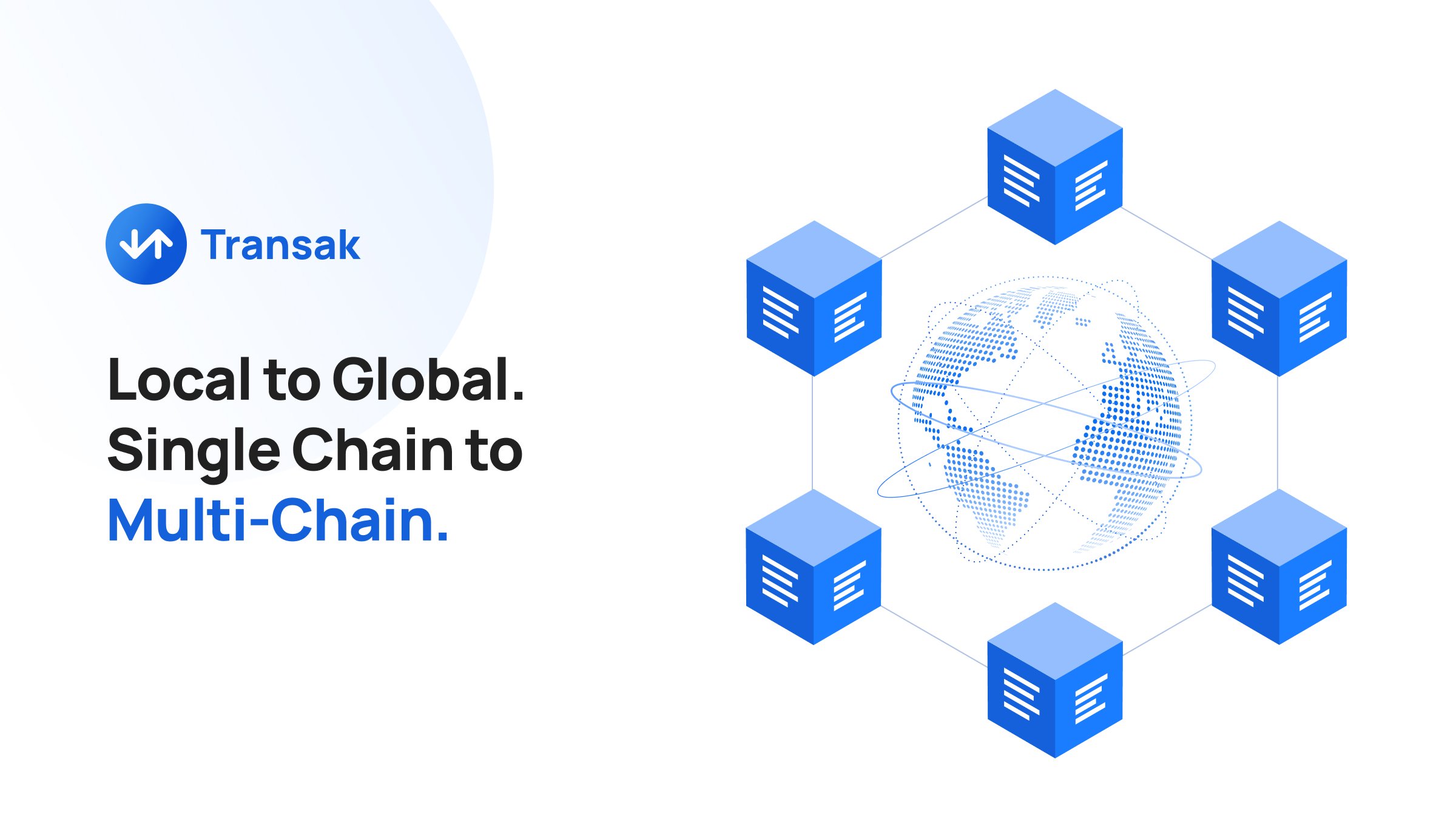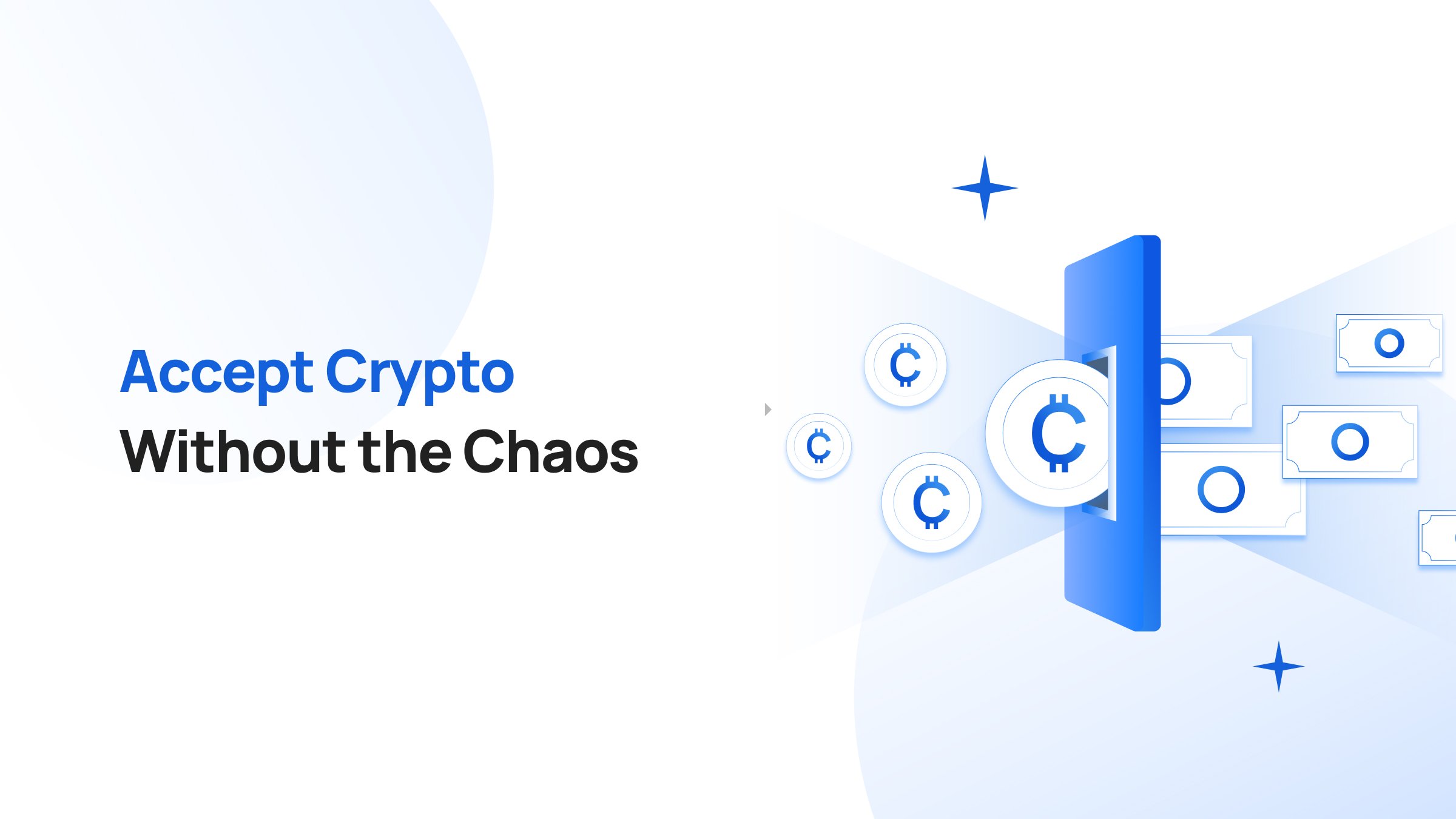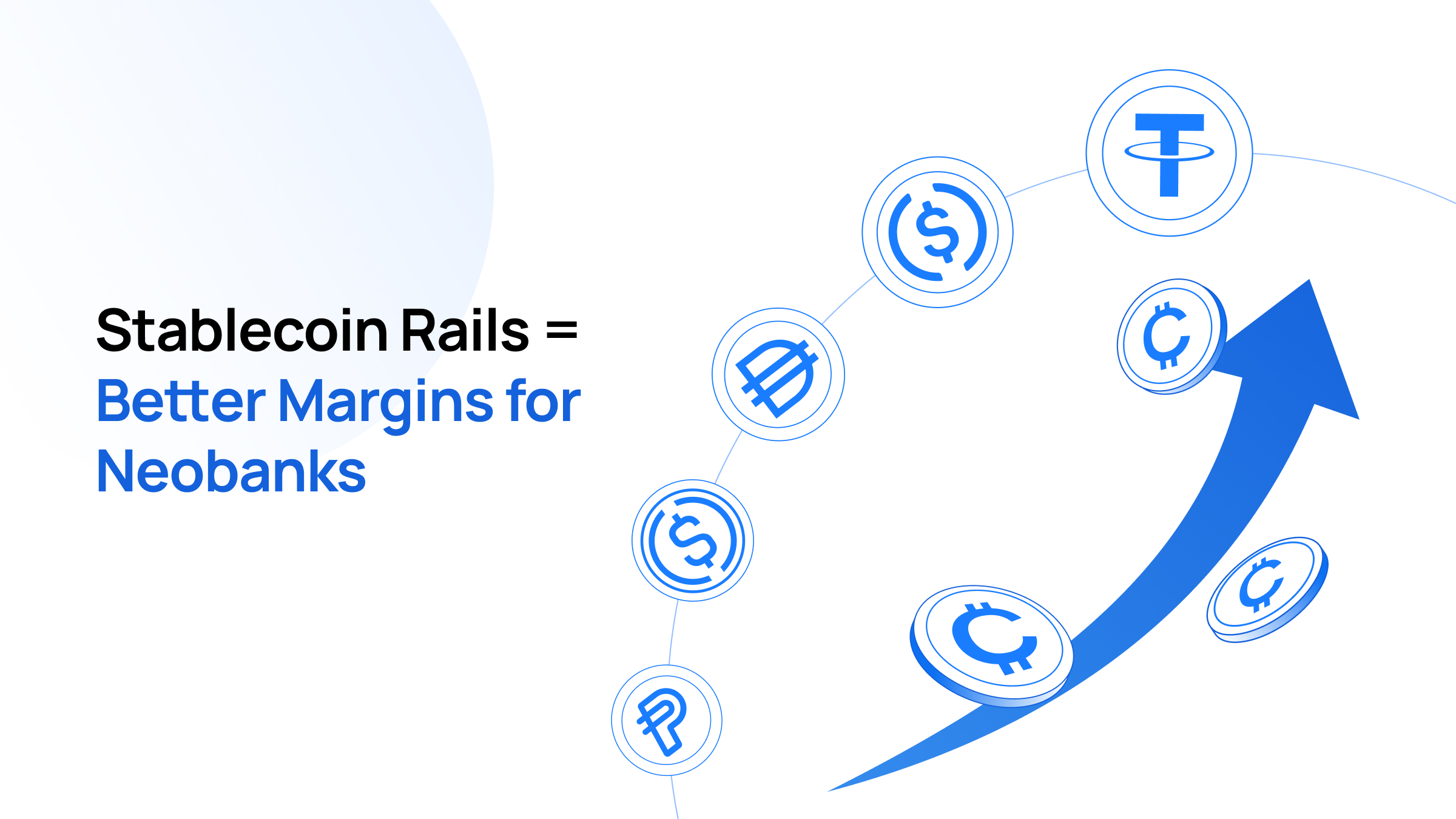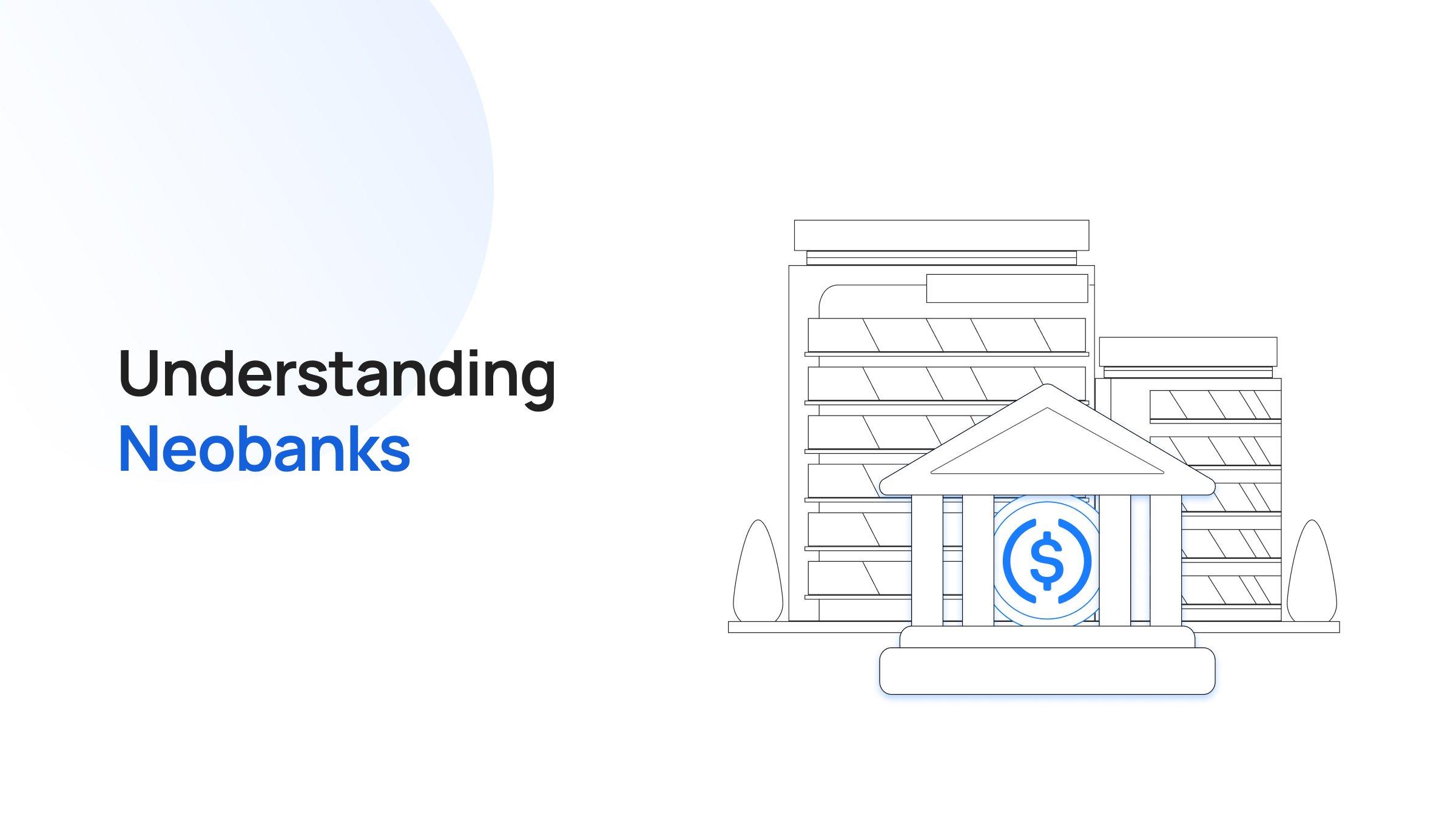Takeaways
Millions of users worldwide are ready to onboard cryptocurrency for its obvious benefits. Cryptocurrency payments are faster, cheaper, and accessible to everyone, regardless of their geography, ethnicity, race, religion, gender, or social status.
Traditional finance is no match for crypto’s permissionless, peer-to-peer payments and high-yield financial services, which are available to users once they are onboarded to the crypto ecosystem.
‘Once they are onboarded to the crypto ecosystem.’ This is the stage where most crypto platforms fail. Within the crypto ecosystem, the ride is usually smooth, but platforms often pay very little attention to the onboarding payment infrastructure, which facilitates user transition from Web2 to Web3; from fiat to crypto.
That’s where crypto on-ramps come in. On-ramps are Web3 payment infrastructure providers that facilitate user onboarding by helping them convert fiat into crypto.
Related article: Why do crypto on-ramps matter?
However, not all on-ramp solutions are the same. Most of the crypto onboarding infrastructure is broken, clunky, and fragmented. Adding to the woes are hidden fees, failed transactions, and limited local payment options.
Localized crypto on-ramp solutions, on the other hand, design and deliver a seamless user journey for a global user base in a multichain blockchain world.
Local Challenges Stunting The Web3 Promise of Global Inclusivity
When it comes to onboarding users, the crypto sector’s biggest strength – global inclusivity – becomes its biggest weakness.
Crypto promised peer-to-peer payments, borderless transactions, and permissionless access to DeFi. But for billions of users, the reality has been a different story.
People don't get stuck inside the crypto ecosystem. They get stuck entering it.
Despite the rise of powerful apps and scalable chains like Solana, onboarding friction remains the single greatest obstacle to Web3 adoption. Why? Because most platforms focus on what happens after users arrive and ignore how they get there.
The crypto market is a melting pot of users from different countries, cultures, and mindsets. Each country has its local payment service, its own set of regulations governing payments, and its preferences for the type of cryptocurrency or blockchain.
For instance;
- 55% of people in the Netherlands use iDEAL for online transactions.
- Faster Payments serves online banking needs of most UK citizens.
- United Payment Interface (UPI) serves 64% of the payments in India.
- Afterpay is Australia’s very own Buy Now Pay Later (BNPL) service.
- A large percentage of the African population depends on mobile money.
Similarly, Indonesia has Shopee Pay, GoPay, and DANA, Philippines has GCash, and Vietnam has Viet QR. But Apple Pay, Google Pay, Mastercard, and Visa, highly used in the West, have limited reach in emerging markets such as Asia and the MENA region.
No standalone crypto platform is capable of handling local payment solutions from over 190 countries, adhering to compliance and regulations, while delivering low-cost, high-conversion payment rails.
Most on-ramps provide some relief but remain inefficient in terms of the number of local payments they support.
These solutions also need to fulfill the growing needs of a multichain world. Hundreds of blockchains and cryptocurrencies exist, each with distinct consensus mechanisms, programming languages, token standards, and governance models.
Payment localization can help on-ramps to adapt local payment methods, and align interfaces with user preferences, financial regulations, and cultural norms of distinct markets and geography.
This is where Transak’s infrastructure changes the game.
Transak Powering SOL Purchases On MetaMask and More
Most on-ramps support a few blockchains and a handful of payment methods. Transak, on the other hand, has become the invisible payment backbone of the multichain world; already integrated into 350+ apps.
On-ramp infrastructure providers need to be the highways connecting multiple cities on both ends (in the fiat and crypto world).
For Solana, which now boasts 3.4M+ daily active addresses (at the time of writing) and dominates consumer DeFi sectors like NFTs, memecoins, and decentralized social apps, this accessibility unlocks an entirely new wave of participation.
MetaMask has always been more than just a wallet. It’s a symbol of Web3 onboarding. But for too long, it’s been tethered to Ethereum and its ecosystem. That’s changing.
After expanding to 10+ EVM chains in early 2024, and supporting off-ramping for 17 tokens, MetaMask is now entering true multichain territory, with Solana as the first stop.
“Solana was ready for mass adoption. MetaMask had the reach. Now, it’s Transak’s infrastructure that makes it usable by anyone, anywhere,” said Sami Start, CEO of Transak.
Why Localized On-ramp Solutions Are Necessary In The Multichain World
Localized on-ramp payment infrastructure helps seamlessly connect fiat and digital assets, and provide benefits such as:
> Enhanced customer experience
> Greater conversions
> Better adoption
Enhanced Customer Experience
People are looking for solutions that actually work in their daily lives. People want to use familiar payment methods using their local currency. This is one of the reasons stablecoin volumes have surpassed the combined volumes of some of the biggest card networks–Mastercard and Visa.
Crypto platforms can integrate localized on-ramp solutions to stay ahead of customer preferences and deliver speed, convenience, and cost savings in on-chain transactions. Web3 payment infrastructure like that of Transak provides single-click fiat to crypto swaps globally in multiple local payment modes, including SEPA, GCash, Pix, and more.
350+ crypto platforms have integrated Transak APIs across several blockchains. It is specifically designed for developers as an integration toolkit to let users buy/sell crypto in any app, plugin, or website.
Greater Conversions
Traditional payment rails often create a lot of friction in fiat-to-crypto transactions. Authorization rates are around 50-80% for credit cards. Banks often reject transactions, and users often need to go through multiple KYC checks, not often tailored to local markets, leading to low conversion rates.
Skepticism and unfamiliarity creep in each time a transaction fails. A failed transaction is equivalent to a lost user or loss in revenue. And every additional step in fiat to crypto conversion is an added friction, leading to many users abandoning the onboarding entirely.
Unified on-ramps are a boon for crypto platforms seeking to improve conversion rate and onboarding new users. Users want tailored payment solutions where they can choose their payment mode and currency of choice, and go through the KYC process once and for all.
Transak uses a shared KYC feature, where a user once verified on Transak doesn’t need to verify each time they use a different platform or chain. That way, friction is reduced. Trasak is also heavily compliant, sources liquidity from over 10 exchanges for best price discovery, and has a robust risk engine with sub-0.05% fraud rate. All this combined leads to great trust and customer loyalty.
Better Adoption
Localized on-ramp solutions remove the biggest hurdle in getting users on-chain. An on-ramp solution with local payment support can provide a unified interface to bring new users on-chain and expand crypto sector’s reach in emerging markets for greater adoption.
Exchanges, DeFi protocols, wallets, gaming platforms, and NFT marketplaces, all require on-ramp infrastructure to bring in more users, scale faster, and improve attrition. On-ramp solutions bridge the gap between traditional payment rails and modern DeFi solutions.
On-Ramps Must Focus On The Local So Payments Can Be Global
However innovative and utilitarian a crypto platform may be, without a good on-ramp solution with local payment support, its customers won’t have any money on the blockchain. Or in the worst-case scenario, the platform may not have any users at all.
A crypto product/service’s success depends on how well customers can access and use it. Its success also depends on how well the brand has perceived customer expectations and cultural differences across geographies. For instance, Asia remains a pioneer in crypto adoption, West speculates, Latin America uses crypto as a stabilization tool, and for Africans, crypto is the financial inclusion tool.
If an on-ramp allows buying only ETH in an African country using a bank account, the purpose of on-ramp is nullified. A major percentage of Africans still don’t use a bank account, and Africans would rather transact in stablecoins (43%) and Bitcoin (18%). On-ramps need to deliver based on local preferences to appease users and help grow crypto platforms.
Let’s zoom out.
- Stablecoin transaction volume outpaced Visa and Mastercard combined last quarter.
- Solana is breaking into consumer markets faster than any other chain.
- Wallet infrastructure like MetaMask is now prioritizing accessibility over protocol loyalty.
- And the most successful platforms in the space? They’re not just multi-chain. They’re multi-local.
This integration of Solana into MetaMask, with Transak as the fiat bridge is a preview of what the future looks like!






